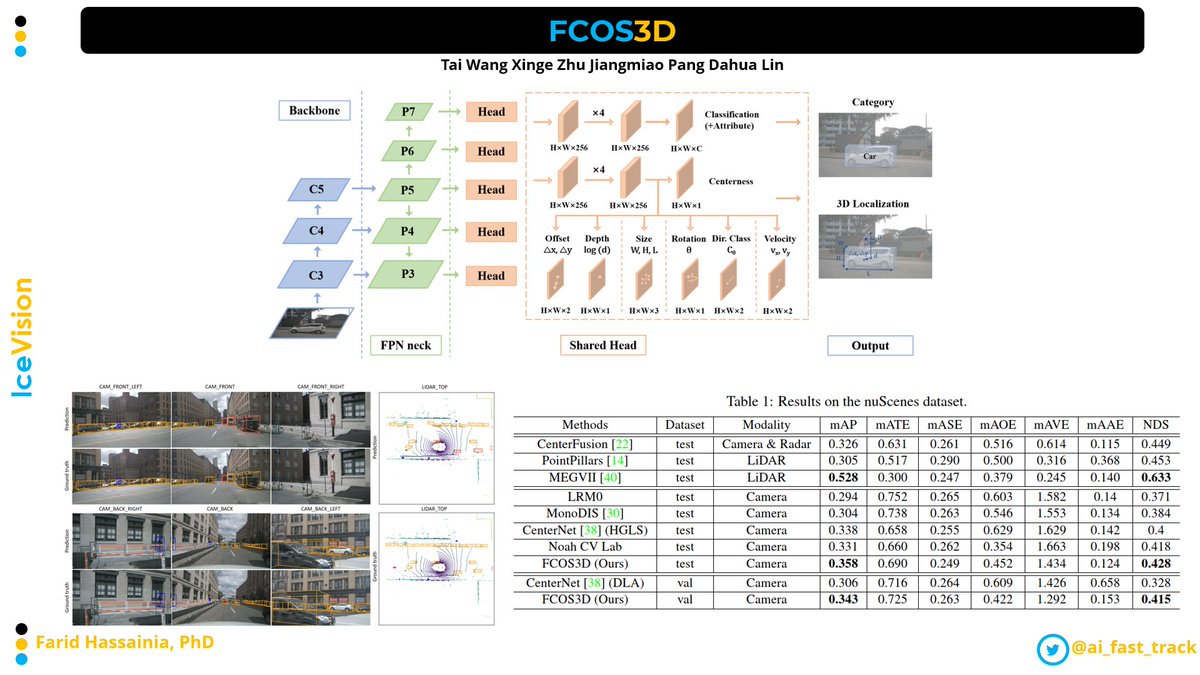
📢 The amazing @OpenMMLab just released a new project:
MMFlow: an open-source optical flow toolbox written in Pytorch
OpenMMLab hosts several impressive open-source projects for both academic research and industrial applications.
MMFlow: an open-source optical flow toolbox written in Pytorch
OpenMMLab hosts several impressive open-source projects for both academic research and industrial applications.
OpenMMLab covers a wide range of research topics of computer vision, e.g., classification, detection, segmentation and super-resolution.
📌 MMCV: Foundational library for computer vision.
📌 MIM: MIM Installs OpenMMLab Packages.
📌 MMCV: Foundational library for computer vision.
📌 MIM: MIM Installs OpenMMLab Packages.
📌 MMClassification: Image classification toolbox and benchmark.
📌 MMDetection: Detection toolbox and benchmark.
📌 MMDetection3D: Next-generation platform for general 3D object detection.
📌 MMSegmentation: Semantic segmentation toolbox and benchmark.
📌 MMDetection: Detection toolbox and benchmark.
📌 MMDetection3D: Next-generation platform for general 3D object detection.
📌 MMSegmentation: Semantic segmentation toolbox and benchmark.
📌 MMAction2: Next-generation action understanding toolbox and benchmark.
📌 MMTracking: Video perception toolbox and benchmark.
📌 MMPose: Pose estimation toolbox and benchmark.
📌 MMEditing: Image and video editing toolbox.
📌 MMTracking: Video perception toolbox and benchmark.
📌 MMPose: Pose estimation toolbox and benchmark.
📌 MMEditing: Image and video editing toolbox.
📌 MMOCR: A Comprehensive Toolbox for Text Detection, Recognition and Understanding.
📌 MMGeneration: Image and video generative models toolbox.
📌 MMFlow: Optical flow toolbox and benchmark.
Repo: github.com/open-mmlab/mmf…
📌 MMGeneration: Image and video generative models toolbox.
📌 MMFlow: Optical flow toolbox and benchmark.
Repo: github.com/open-mmlab/mmf…
🟦If you enjoy reading this kind of content, follow @ai_fast_track for more OD / CV demystified content in your feed
🟧If you could give the thread a quick retweet, it would help others discover this content!
🟧If you could give the thread a quick retweet, it would help others discover this content!
https://twitter.com/ai_fast_track/status/1460706538285375490
• • •
Missing some Tweet in this thread? You can try to
force a refresh









